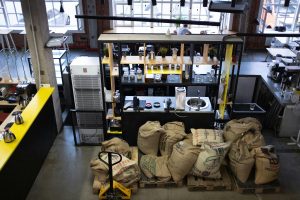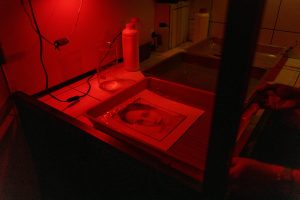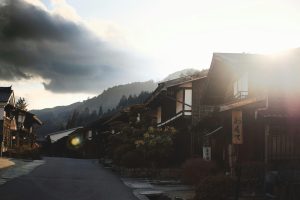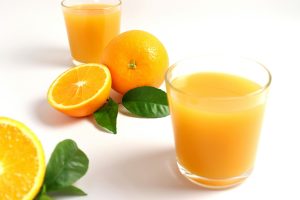Pressure Cooker Physics: Optimizing Times for Perfect Tenderness
Welcome to the world of pressure cooker physics! Have you ever wondered how a simple cooking device can turn tough cuts of meat into buttery, melt-in-your-mouth tender dishes in a fraction of the time? The answer lies in the science and mechanics of pressure cookers. In this article, we will dive into the world of pressure cooker physics and learn how to optimize cooking times for perfect tenderness. So, let’s put on our lab coats and get cooking!
The Science Behind Pressure Cookers
In order to understand how pressure cookers work, we need to first understand the fundamentals of basic physics. Pressure cookers work by creating a sealed environment where steam and pressure build up, resulting in high temperatures and increased pressure. This pressure is what ultimately helps cook food faster and more evenly.
Atmospheric pressure, the force exerted by the weight of air, plays a crucial role in the functioning of a pressure cooker. The boiling point of water, which is the temperature at which water changes from liquid to gas, is directly affected by atmospheric pressure. As altitude increases, atmospheric pressure decreases, causing water to boil at a lower temperature. This phenomenon is why cooking times are longer at higher altitudes.
The Role of Pressure in Cooking Time
Pressure is a crucial factor in determining the cooking time required for different foods. The higher the pressure, the higher the boiling point of water, which means food cooks at a higher temperature. This results in faster cooking times and more tender food.
The standard pressure for cooking in a pressure cooker is 15 psi (pounds per square inch), which is equivalent to 1 bar. At this pressure, the boiling point of water is 250°F (121°C), compared to the standard boiling point of 212°F (100°C) at sea level. This difference in temperature can cut cooking times by up to 70%.
Factors That Affect Cooking Times
There are several factors that can affect cooking times in a pressure cooker. These include the type and size of food, the amount of liquid used, and the sealing ability of the cooker.
Type and Size of Food
Different foods require different cooking times in a pressure cooker. Harder and tougher foods like meats and root vegetables will take longer to cook than softer foods like grains or vegetables. The size of the food also plays a role, as smaller pieces will cook faster than larger ones.
Amount of Liquid
The amount of liquid used in a pressure cooker directly affects the cooking time. The general rule of thumb is to use at least 1 cup of liquid for every 2 cups of food. Liquids like broth, water, or stock are commonly used in pressure cooking, as they help create steam and increase pressure, resulting in faster cooking times.
Sealing Ability of the Cooker
A pressure cooker’s ability to seal tightly is crucial for maintaining the necessary pressure to cook food quickly and evenly. If a pressure cooker is not sealed properly, the cooking time will be longer, and the food may not be as tender. It is important to regularly check and replace the seals of a pressure cooker to ensure optimum performance.
Optimizing Cooking Times for Perfect Tenderness
Now that we understand the science behind pressure cookers and the factors that affect cooking times, let’s talk about how to optimize cooking times for perfect tenderness.
To achieve the most tender and succulent dishes, it is important to follow a few key steps:
Choose the Right Cooking Time
The first step to achieving perfect tenderness is choosing the right cooking time for your food. Refer to recipes or cooking charts to determine the appropriate cooking time for the type and size of food you are cooking. It is always better to err on the side of caution and undercook rather than overcook food.
Adjust Cooking Time According to Altitude
If you live at a higher altitude, you may need to adjust your cooking time to compensate for the lower boiling point of water. As a general rule, increase cooking times by 5% for every 1,000 feet above sea level.
Use Natural Pressure Release
When the cooking time is up, it is important to let your pressure cooker release pressure naturally. This means turning off the heat and letting the pressure cooker release pressure on its own. This allows the food to continue cooking in the residual heat and prevents it from becoming overcooked.
Let Food Rest After Cooking
After releasing the pressure, it is important to let your food rest for a few minutes before opening the pressure cooker. This allows the juices to redistribute, resulting in more tender and flavorful food.
Conclusion
Pressure cooker physics may seem complex, but with a little understanding of the science behind it, you can easily optimize cooking times for perfect tenderness. Remember to choose the right cooking time, adjust for altitude, and use natural pressure release and resting time for the most flavorful and tender results. So, next time you’re in a time crunch or craving a delicious and tender meal, remember to turn to your trusty pressure cooker and let the magic of physics do its work.











